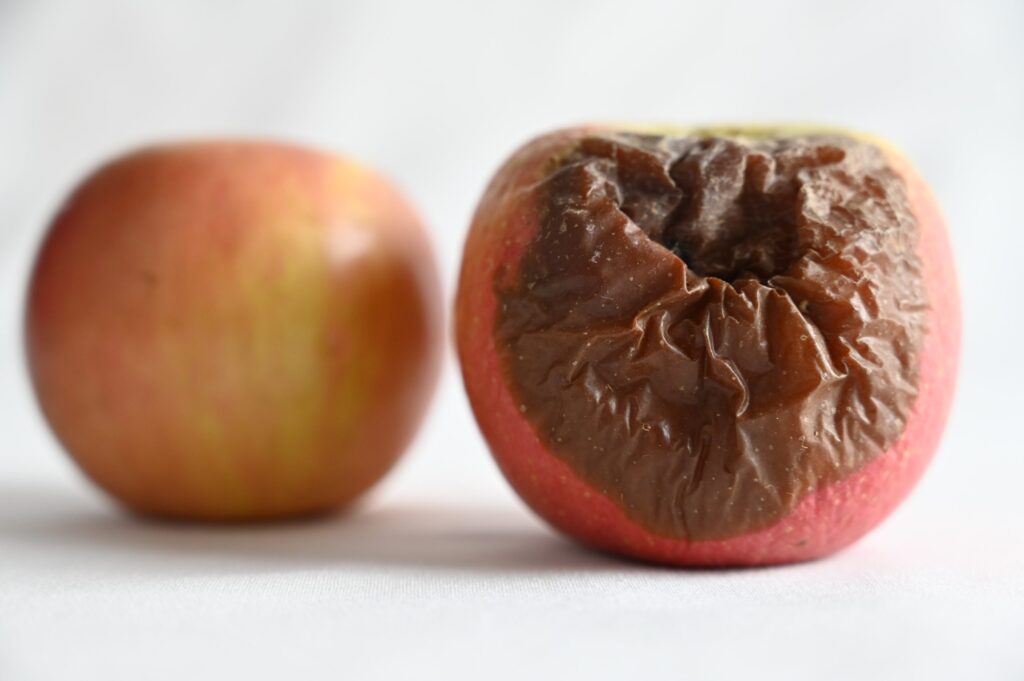Low Hanging Fruit. Does your Business take the easy pickings?
The use of the low-hanging fruit phrase is pretty common in business. However, many have argued that the phrase is now cliché and frequently abused. What does this principle mean, and is it really so bad? This article will explore how the low-hanging fruit principle operates in the business context and what businesses should take away from it.
What does it mean?
This phrase refers to the sweet, easy-to-reach fruit at the lower end of a tree’s branches. Orchard workers and homeowners appreciate that this fruit can be picked easily, in contrast to the effort (and ladder) required to reach the fruit found higher in the tree.
In business, it is used to refer to the things we choose to tackle because they are most obvious, easy and accessible. It’s a natural tendency to go for the low hanging fruits because they give the biggest reward sooner.

Good or bad?
This idea can bring great results. Low hanging fruit can offer positive opportunities for businesses that want to quickly make progress on their goals. For example, you might set a goal for selling an already popular product rather than trying to achieve success with a new product line.
But it’s important to understand that while low hanging fruit offers your business juicy opportunities to grow and improve, it also comes with many potential problems.
The underlying problem in going for the obvious, indisputable options is that those options don’t often address the real problems or the true opportunities. If you consistently go for just the low-hanging fruits, you might feel a false sense of progress, even though you are likely to disregard those problems or opportunities that truly matter in the long term.
Goals shouldn’t be selected and pursued because they’re easy. They should be prioritized in terms of overall importance toward achieving the organisational strategy. Proper goal establishment includes linking the goals to key business strategies and building the mechanism for measuring and monitoring performance. If the goal does not directly connect to a key strategy, it likely should not be pursued.
Low hanging targets
Low-hanging fruit doesn’t only refer to goals. It can also refer to targets. Sales professionals will tell you that it’s easier to get an existing customer to buy more than it is to gain a new customer. Some salespeople target repeat sales to existing customers because they consider them to be low-hanging fruit. However, if a firm’s overall health is predicated upon regularly capturing new customers, preoccupying on this easy-to-access business can be dangerous.
Astute sales managers will make sure that their representatives strive for an appropriate balance of the low-hanging fruit with repeat customers and hard-to-reach fruit with new customers.

Low hanging solutions
Low hanging fruit can also refer to a temptation to introduce a quick-fix solution rather than delving down into the root cause of the problem. Often when a defect or an issue occurs, the manager will come up with a temporary solution, patch the problem and move on. However, the same problem will resurface because the root cause was not being addressed in the solution given. Only the symptoms were being addressed, not the actual cause of the issue.
In order to fix this, organisations need to use the Root Cause Analysis or 5 Whys. This is a technique that helps answer the question of why the problem occurred in the first place. It seeks to identify the origin of a problem using a specific set of steps to find the primary cause.
Once the primary cause (or causes) of the problem is found, you can create tasks or improvements which fix that, rather than just patching up the problem itself. Read more about the Root Cause Analysis in the next post.
The bottom line
Beware of seeking after easy things. While the low-hanging fruit may be tempting, the true rewards often come from climbing higher and stretching for the real treasure in the higher branches.
There’s sometimes still a time and a place for these low-hanging fruits, but often it’s better to just climb a bit to get to the best fruits overall.







